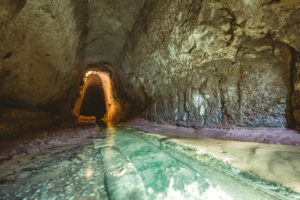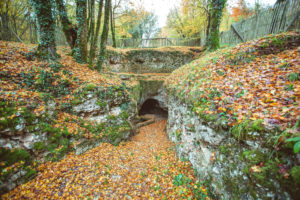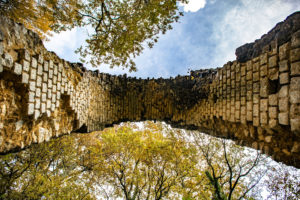Travel centuries into the past to meet the Gallo-Romans…
Today, slip on your gallicae (“Gallic shoes”) to explore Mediolanum!
Mediolanum? That’s right. Because Saintes didn’t always have that name! Some 2,000 years ago, the Roman civilization founded Mediolanum Santonum, the capital of Aquitaine. Even today, the town offers rich evidence of its past through its heritage listed as a historic monument. Keep your eyes peeled to see all of the town’s remarkable sites.
History buffs are sure to fall in love with Saintes at first sight! The Romans made the town monumental, leaving behind impressive testaments to life during that time. A fascinating voyage that you will love to share as a family!
Dangerous games at the Amphitheatre of Saintes
This venue for bloody, violent entertainment could accommodate up to 15,000 people. Its construction began under Emperor Tiberius and was completed under the reign of Claudius (41-54 AD). This impressively large amphitheatre, measuring 126 metres long by 102 metres wide, was erected in in the depression of a natural valley.

The pompa, a parade of gladiators and other people involved in the show, entered the arena through the eastern gate. The western gate, or “Gate of the Dead”, was used to remove the corpses of gladiators and animals.
Today, the amphitheatre is one of the best preserved in all of Europe.
Entrance into town through the Arch of Germanicus
Erected over a road in 18-19 AD, it was a monumental point of entry into the town. It was donated to the town by the Romanized local notable, Caius Julius Rufus. Visitors can read a dedication to Emperor Tiberius and his nephew Germanicus on the sculpted lintel.
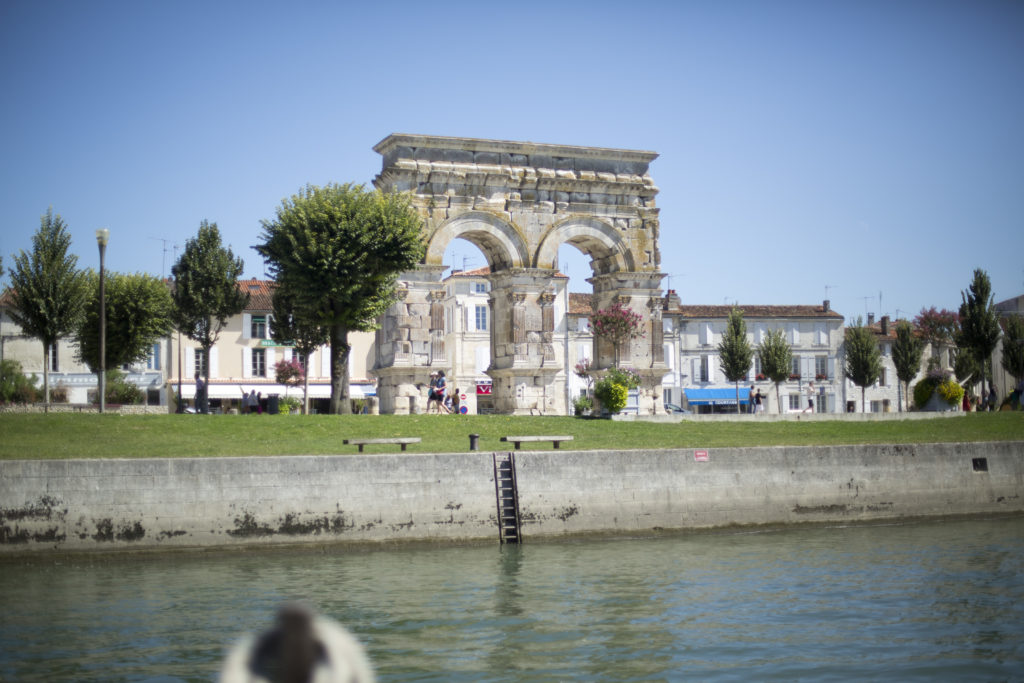
Originally built on the right bank of the river, facing the Roman bridge, it was relocated due to changes in the Charente’s topography. That transfer was ordered by Prosper Mérimée in the 19th century, saving it from ruin.
Aqueduct and fountains providing effective water service
In ancient times, water conveyance required special engineering. Gallo-Roman water supply was very effective. The aqueduct delivered the town’s drinking water in the 1st century, serving the baths and public fountains.
Three springs fed this hydraulic structure: Font Morillon in Fontcouverte, Grand Font in Le Douhet and the spring in Vénérand. They are still active today. All that remains of the aqueduct is an elevated section, visible from the golf course, and underground conduits from Le Douhet and Vénérand.
Saint-Saloine Baths
Ruins of the hot baths still exist in Saintes, namely the caldarium.
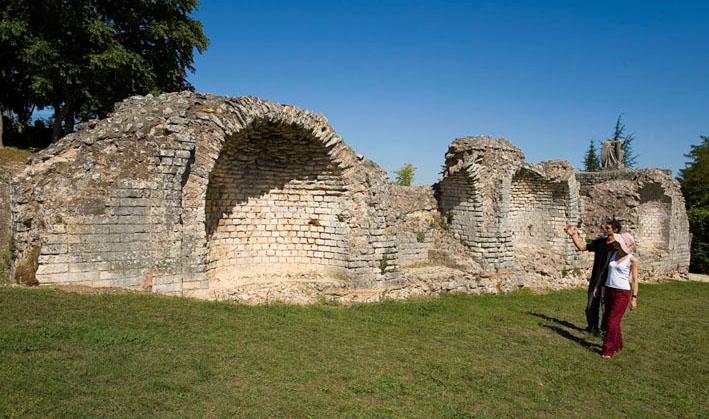
Gallo-Roman life at the Archaeological Museum
This small museum, with its precious collection of everyday objects dating from the 1st century, says a lot about the lives of the inhabitants of Mediolanum Santonum.
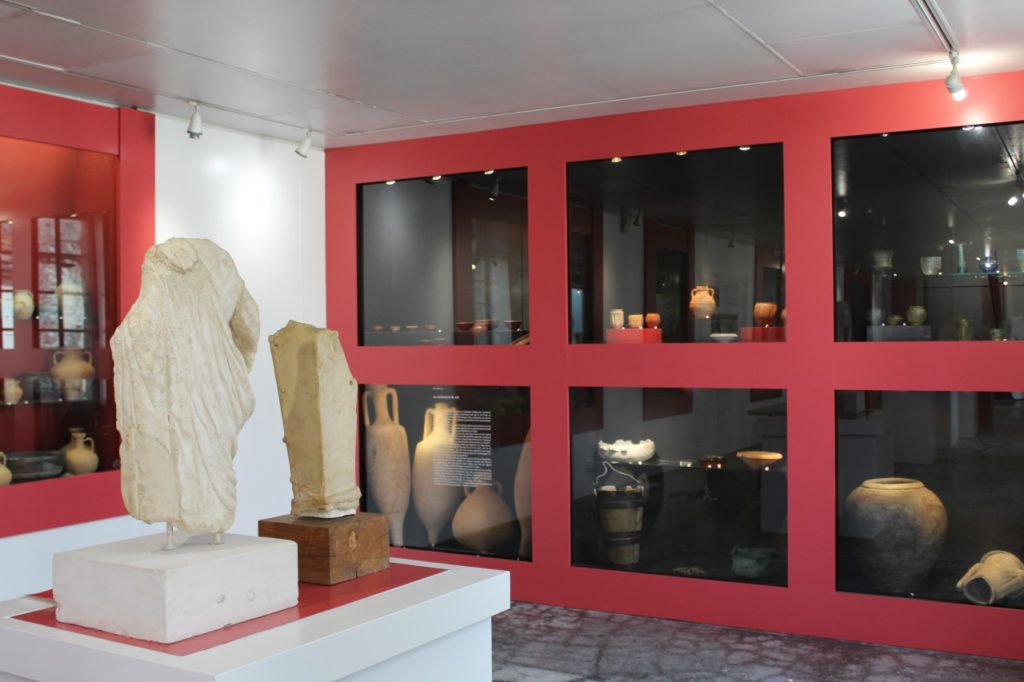
Useful information: Esplanade André Malraux – +33 (0)5 46 74 20 97 – www.ville-saintes.fr
